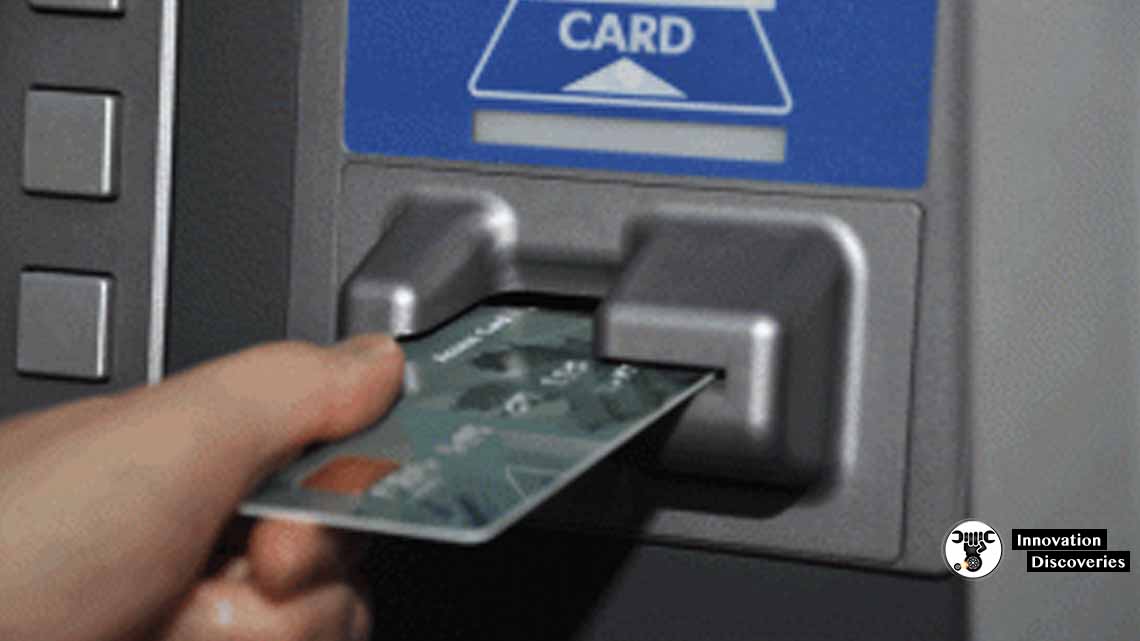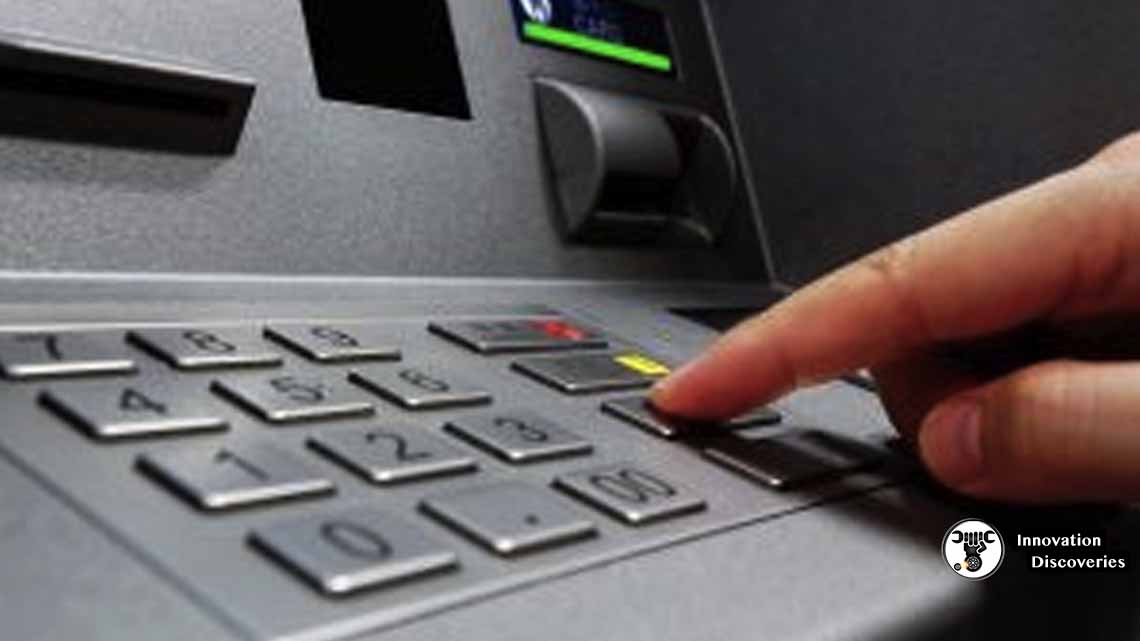ATM or Automated Teller Machine is one of the most important machines,
That we use in our daily life and without which our life could be a lot more cumbersome. Be it just a quick shopping spree,
One just cannot step out of their homes without an ATM card.
The users insert the card into ATMs to access the account and process their account transactions. The automatic teller machine was invented by John Shepherd-Barron in the year of 1960.
But have you ever thought about how it works? Let’s find out.
The Automatic telling machine consists of mainly two input devices and four output devices that are:
Input Devices:
1) Card reader:

The card reader is used by the ATM to recognize your card number;
And the authenticate it. The black stripe on the rear of the ATM card is used to maintain a connection with the card reader.
2) Keypad:

It is used to put in the card details like the unique ATM pin and the amount to be withdrawn. ATM also asks a few questions about the selection of the desired language,
That is also selected by the Keypad.
Output Devices:
1) Speaker:
Some ATMs have it while some don’t. As the name suggests,
A speaker provides audio feedback after every action.
2) Display Screen:
The account balance, options to select and every other information;
That the ATM seeks is viewed on the display screen.
3) Receipt Printer:
It prints the remaining account balance, date and time of the transaction. The ATM asks the user whether they want a printed receipt of the transaction or not.
4) Cash Depositor:
This is the main space where the money is physically obtained from.
There are mainly two types of ATM which differ according to how they function. They are:
1) Leased-line ATM
2) Dial-up ATMs.
A data terminal with two inputs and four output devices is required by an ATM machine. For this, a host processor should always be present. The host processor helps the ATM to connect to the customer that is requesting the cash.
Here, the role of ISP or Internet Service Provider is to act as the link between the
Intermediate networks and also the bank computer.
A leased-line ATM machine has a 4-wire,
Point to point dedicated telephone line which helps in connecting it with the host processor. These are preferred in places where the number of daily transactions is a lot. They are considered high end and the operating costs of this type of machine is very high as well.
The dial-up ATM machines only have a basic phone line with a modem and a toll-free number. As these are normal connections their initial installation cost is very less
And their operating costs only become a fraction of that of a leased-line ATM.
The host is usually owned by the bank. It can also be owned by an Internet Service Provider. If the host is owned by the bank only machines that work for that particular bank will be supported.
When a transaction is made, the details are put in by the cardholder. These details are pushed forward to the host processor. The host processor, in turn, checks these details with the respective bank. If the details match, the amount is procured with the help of an electronic fund from the customer’s bank account to the host processor’s account. When this gets done, the processor sends an approval code to the ATM machine so that the cash can be produced.


I blog quite often and I seriously appreciate your information. This article
has truly peaked my interest. I’m going to bookmark
your website and keep checking for new details about once a week.
I subscribed to your Feed too.